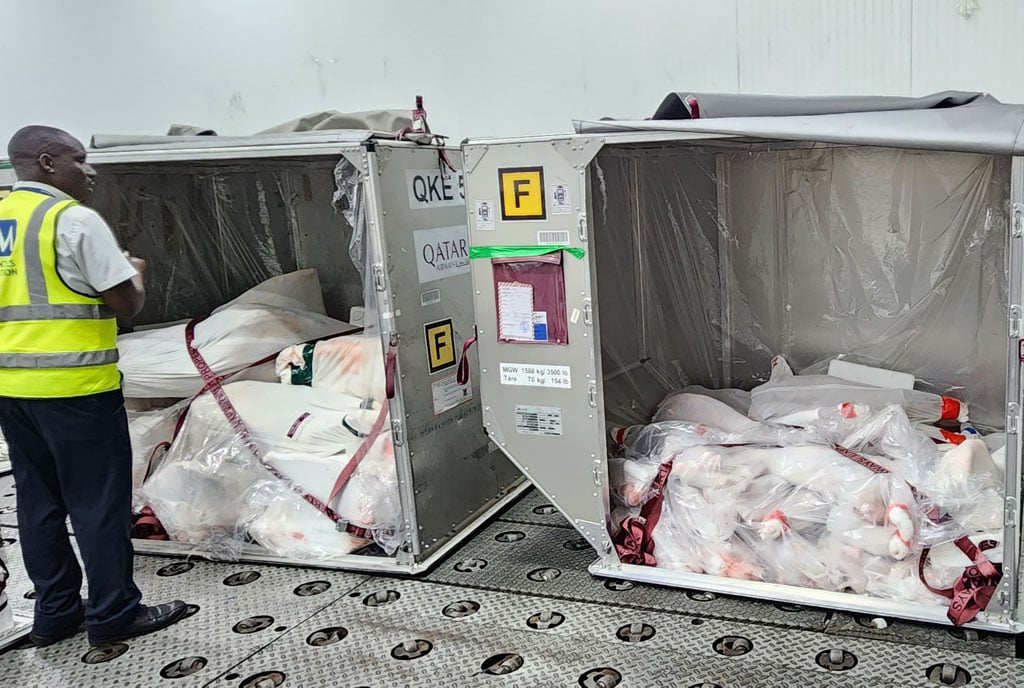Prime
How Uganda grows rich, is how Uganda steals

Author: Charles Onyango Obbo. PHOTO/FILE
What you need to know:
- If you could map ‘steady progress’ and technological change in Uganda, you would have a perfect crime map too.
By the close of the 1990s, crime shifted notably, especially in and around Kampala. As we reported in the first part “Uganda’s criminals teach us a lot about this nation” last week, we saw bold military-style bank robberies, with a lot of firepower in Kampala.
They came from the emergence of a new middle class, growing wealth – and inequality – and the rise in political polarisation in Ugandan politics. The methods of the criminals were still inspired by the heroics of the National Resistance Army (NRA) and the popular myths that still swirled about them in the media then, and given a new life by the publication of President Yoweri Museveni’s “Sowing the Mustard Seed” in 1997.
The most dramatic change in crime was to come as Uganda entered the 2000s (the 21st century). It became smart and hasn’t looked back.
A few years ago, the East African Community Flats along Wampewo Avenue in Kololo, were the scene of a robbery worthy of the movies. Those flats, for years, were for mid-level public service workers, then they gentrified in the wave of privatisation and quite a few posh people moved in.
One day someone started building scaffolding, and the residents thought the gentrification project was going up a notch and didn’t question it. This went on for days. One night naked thieves, all covered in cooking oil, making it hard to grip and tackle them, used the scaffolding to move from block to block robbing the residents. A friend woke up to a disturbance in her apartment in the deep of the night, to the sight of a big naked shiny man standing in her bedroom. She screamed. He fled, and got away. It was only in the morning that the residents realised that it wasn’t a developer building the scaffolding, but the thieves!
FIND ARTICLE: Once Uganda was ‘wow’. Now it’s in the Stone Age
It was a crime, but one couldn’t help but marvel at the genius of the thieves, and their understanding of the residents’ psychology.
Elsewhere, the most common big bank robberies were no longer with guns, but computer system hacks.
The whole ecosystem had become cleverer. Universal Primary Education, the internet, YouTube videos, and the proliferation of crime movies, had all combined to significantly increase the knowledge level of the people who were falling through the cracks and being forced to resort to crime, and the technology was, to borrow the phrase from the military, a “force multiplier” for the smart thieves in ties.
Ugandan crime became smarter because society as a whole had become smarter and more technologically connected. Someone in the Ugandan tech community, for example, reports that there are tech-savvy young Ugandans, who decide they are going out to party without a penny in their pockets, then they hack mobile money systems stealing a shilling here and there, and by the time their Uber ride arrives, they have a few millions to blow away in the night.
The technological revolution also means that we now have more crimes captured on videos and shared on social media, at a scale that would have been impossible to imagine even 10 years ago.
One cannot say for sure the impact of all this, but the data suggests that we have far fewer deaths during robberies today, although there is more crime.
Then, boda boda – born of an urban explosion that happened without a corresponding mass transit system - has also helped change the game.
They have significantly “democratised” crime, allowing many more criminals access to their victims and a quick getaway. The attraction of boda bodas as getaway vehicles for criminals has been boosted by the proliferation of cars on the streets of Kampala and other big Ugandan towns.
In 1998, you would have a good old-fashioned car chase, with security officers pursuing bank robbers along Kampala Road, heading to Old Kampala, winding through Bakuli, on to Rubaga, and ending up on the windy roads there.
There is a reason why we no longer have those high-speed chases – the crazy traffic. The forces of law and order just can’t make it through the gridlock. By the time they clear Kampala Road, the thieves on boda boda will have reached Rubaga, stashed the money, had a shower, and had a change of clothes.
If you consider the cars that jam the roads a sign of “steady progress”, then prosperity is the best thing that ever happened for the boda boda criminals. Uganda’s thieves have adapted to the times like fish to water.
The rapid urbanisation, and the growth of suburbs, have also taken armed robberies out of Kampala’s central business district, to the suburbs where the city has grown. If you could map “steady progress” and technological change in Uganda, you would have a perfect crime map too.
Mr Onyango-Obbo is a journalist, writer and curator of the “Wall of Great Africans”. Twitter@cobbo3



